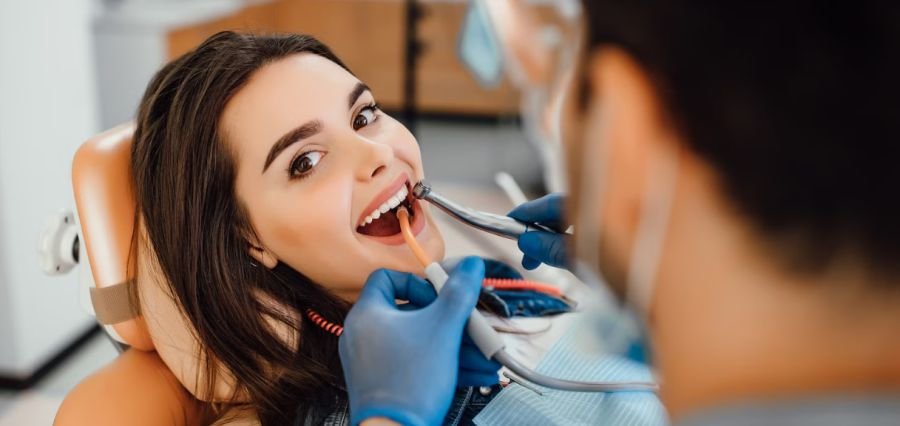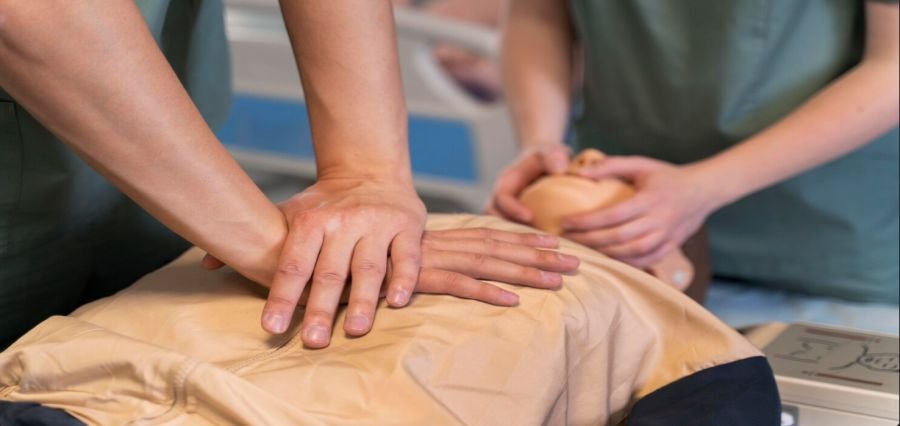Head-on collisions usually result in either major injuries or death. Two vehicles headed in opposite directions collide to create these accidents. Understanding the causes and preventive actions is very important to ensure you are not involved in such a situation.
Many times, after a head-on collision, victims suffer life-altering injuries that can result in long recovery times and significant medical expenses. In this article, we’ll discuss the typical injuries that occur as a result of these accidents, in addition to the causes and preventive actions.
Causes of Head-On Collisions
Though there are several causes for head-on collisions, some are more frequent than others. These alarming accidents result from the following:
- Distracted Driving: Texting, changing the radio, or other activities that divert your attention from the road constitute distracted driving. These activities increase your likelihood of veering into the other lane and causing a head-on collision.
- Drunk Driving: Driving while intoxicated by drugs or alcohol is another cause of head-on collisions. These increase the possibility of a driver making major mistakes or inadvertently driving into oncoming traffic.
- Fatigued Driving: Drivers who are overly tired could nod off at the wheel or lose concentration. Any of these could lead to swerving into the path of approaching traffic.
- Improper Passing: On a two-lane road, a driver passing another car might cause a head-on collision if they are unaware of how far they are from approaching traffic.
- Weather Conditions: Rain, fog, or ice can make it difficult to see and increase the possibility of the road becoming slippery. This could cause a driver to lose control and collide with an approaching car.
- Wrong-Way Driving: Drivers who unintentionally enter a one-way street or highway ramp could find themselves driving against the flow of traffic. This could result in head-on collisions.
Head-on Collision Related Injuries
Following a head-on collision, people can sustain several major injuries, including:
- Spinal Cord Injuries: Injuries to the spinal cord can render a person paralyzed or cause other long-term disabilities that severely complicate their life.
- Traumatic brain injuries (TBI): TBI is when the brain strikes the inside of the skull during head-on collisions. Concussions, memory loss, or major brain damage can all occur as a result.
- Broken Bones: The bones likely to break in a head-on crash are the pelvis, arms, legs, and ribs.
- Internal Injuries: The crash’s force may damage internal organs, including the spleen, liver, and lungs, and might require immediate surgery.
- Whiplash: Should your neck jerk rapidly during the crash, you may end up with whiplash. This is a painful condition that could take weeks or months to recover.
Tips to Avoid Head-On Collisions
Although some head-on collisions cannot be avoided, following these safety guidelines will help drivers reduce their risk of being in one:
- Stay Focused: Remember always to keep your eyes on the road. While driving, avoid texting, eating, or changing the radio station.
- Obey Traffic Signs and Signals: Following traffic laws, such as sticking to the speed limit and stopping at stop signs, reduces the chances of crossing into the other lane.
- Use Your Headlights: Turn on your headlights, especially in low visibility conditions. Turning on your headlights helps other drivers see you and increases your awareness of possible hazards
- Stay Sober: Don’t drive after drinking or using drugs. If you wish to drink, arrange to have a sober driver or ride-sharing service.
- Don’t Drive Tired: If you are tired, pull over and relax. Driving while tired can be just as dangerous as driving intoxicated.
- Stay in Your Lane: Try not to pass in areas where you cannot see well or cross the centerline. You should pass only when you can see the road ahead.
- Slow Down in Bad Weather: You should slow down in foggy, snowfall, or rainy conditions to maintain control and prevent sliding into approaching traffic.
Read More: Click Here










